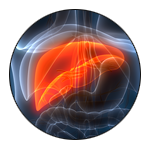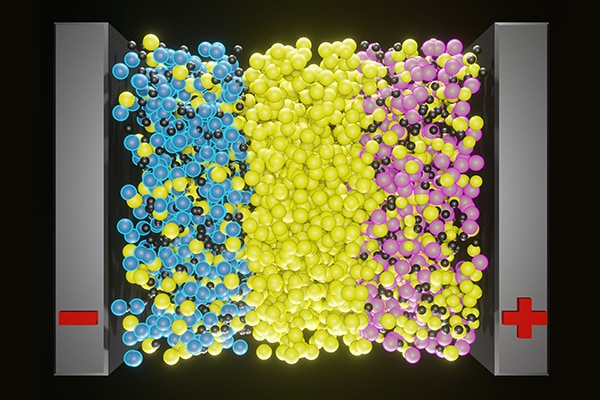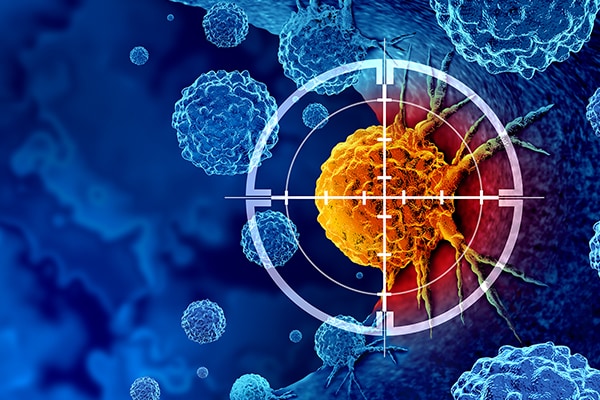
Drug-induced liver injury (DILI) is common because it can be caused by different pharmacological agents from nearly all classes of medications, including hepatotoxic drugs, anesthetics, anticancer drugs, antibiotics, antituberculosis agents, antiretrovirals, and cardiac medications.
Join Vice President of Predictive and Investigative Toxicology Yvonne Will and Senior Principal Scientist Kevin Coe, both of the Janssen Pharmaceutical Companies of Johnson & Johnson, as they discuss the current understanding of the mechanisms that contribute to DILI and how advances in reactive metabolism trapping have improved detection capabilities. During this special 1.5 hour free interactive broadcast, you will discover examples of drugs and their mitochondrial targets as well as trapping methods using nucleophilic scavengers, such as GSH paired with mass spectrometry, that not only permit detection of reactivity, but also identify the substructures involved permitting for hypothesis generation and issue resolution through rational drug design.
What You Will Learn
- Examples of Drugs and their mitochondrial targets
- Assays to detect mitochondrial dysfunction in vitro and ex vivo
- Animal models to study mitochondrial toxicity and Biomarker approaches
- State of the art approaches that enhance detection capabilities of reactive metabolites to influence the design of medicinal agents
- Successful case studies that address reactivity bolstered by a mechanistic understanding of their formation
- Areas ripe for future research to bridge detection of reactivity to its biologic consequence















